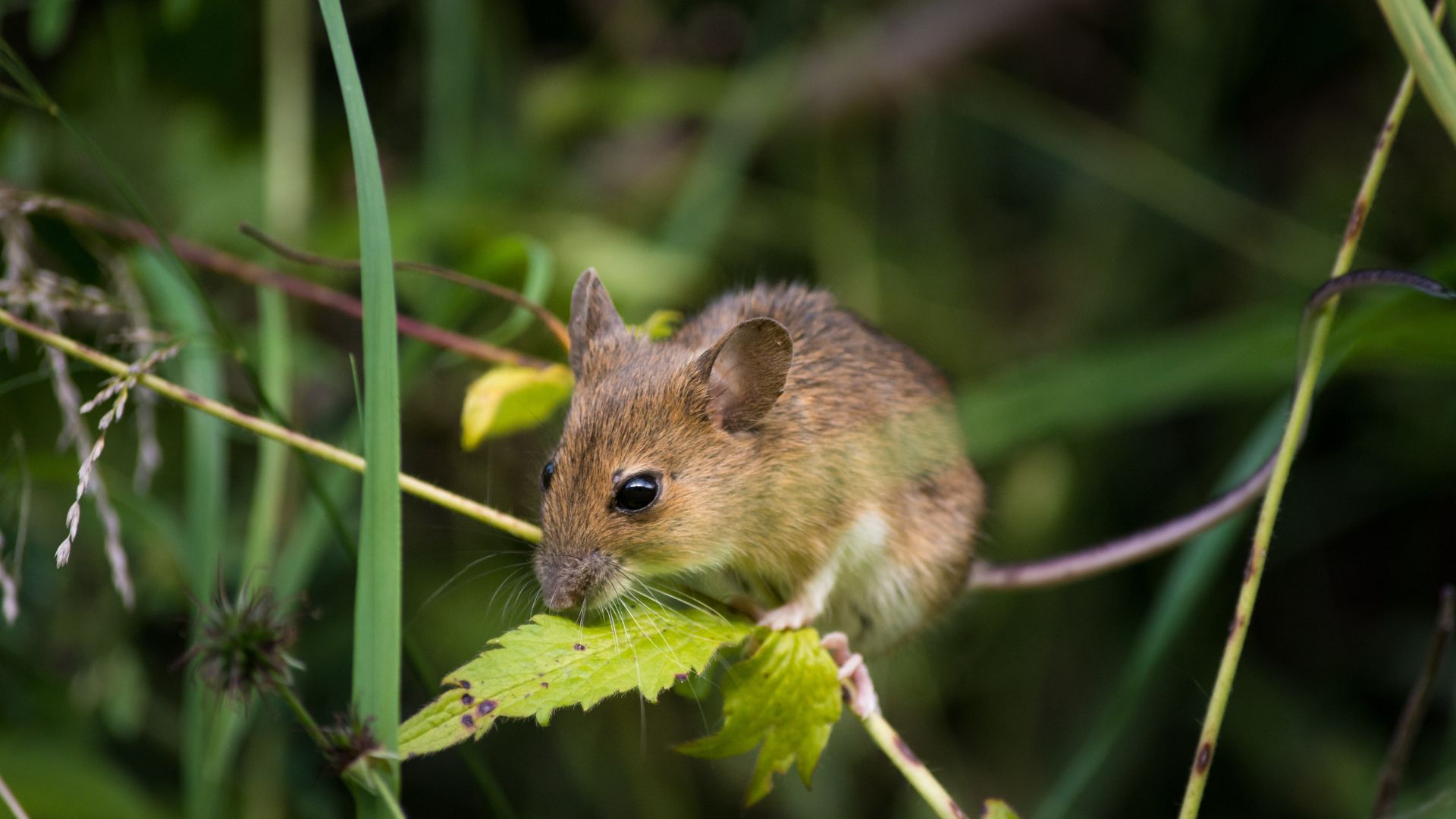Discover how everyday scents might be unknowingly drawing snakes into your yard and what you can do to keep these slithery creatures at bay.
From food items left outside to natural elements like certain plants or water features, snakes are often attracted by smells we don’t even think about.
Learn about the most surprising scents that could be inviting snakes onto your property and how to minimize these temptations to create a safer, snake-free environment.
1. Rodents
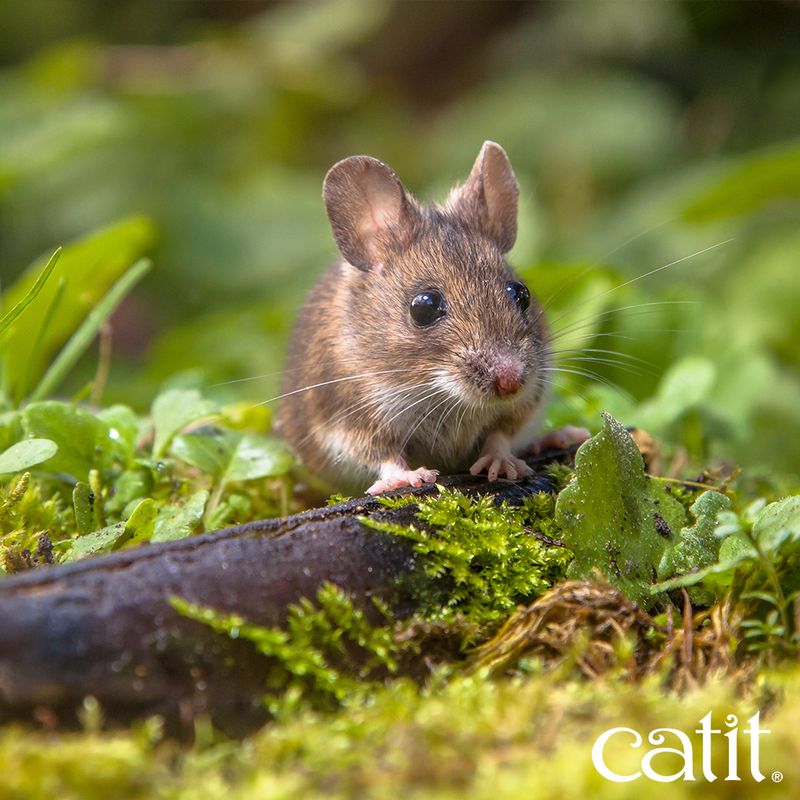
Rodents, such as mice and rats, are a primary food source for many snake species. If your yard has an abundance of these small creatures, snakes might see your property as a bountiful hunting ground.
The scent of rodents can be particularly enticing to snakes, as they have a keen sense of smell that helps them locate prey. To reduce the allure of rodents, it’s essential to eliminate potential nesting sites and food sources.
Keep your yard free of clutter, and store pet food and birdseed in secure containers. Regularly inspect your outdoor spaces for signs of rodent activity, such as burrows or droppings.
Additionally, consider using natural deterrents like peppermint oil or ultrasonic devices to repel rodents. By tackling the rodent problem, you’ll not only manage pest issues but also make your yard less attractive to snakes.
2. Insects
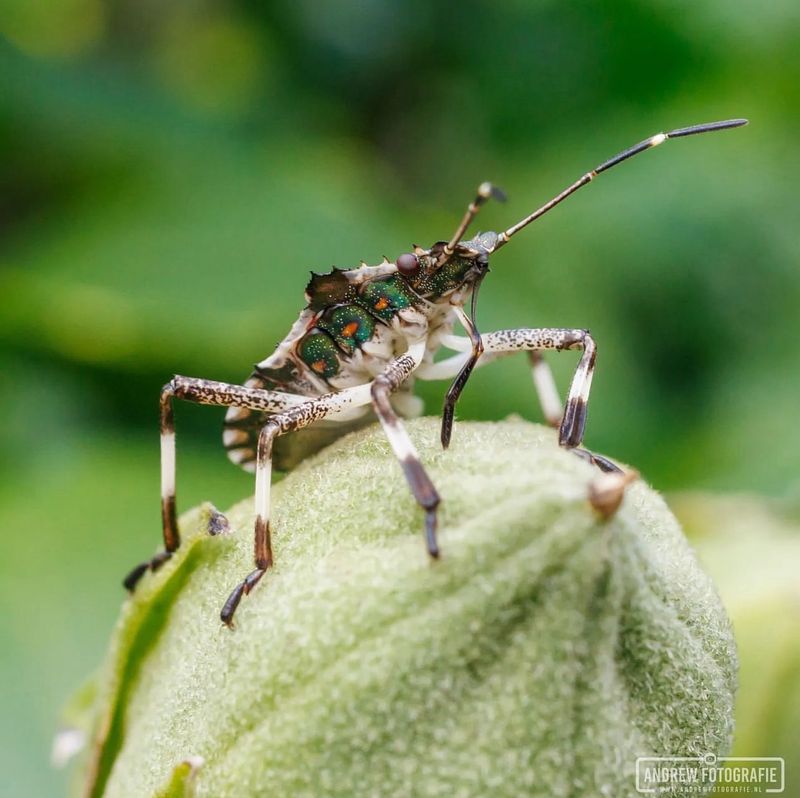
Insects are another food source that can draw snakes to your yard. Certain snake species, especially smaller ones, have a diet that includes insects like beetles, crickets, and ants. The presence of these insects in your garden or lawn can signal to snakes that a meal is nearby.
To minimize insect attraction, maintain your yard by trimming excessive foliage and keeping plants healthy. Remove standing water where insects breed and consider using organic pesticides to control bug populations.
Creating a balanced ecosystem with natural predators like birds can also help keep insect numbers in check. By managing insect populations, you not only protect your plants but also decrease the likelihood of attracting snakes seeking an easy meal.
3. Water Sources
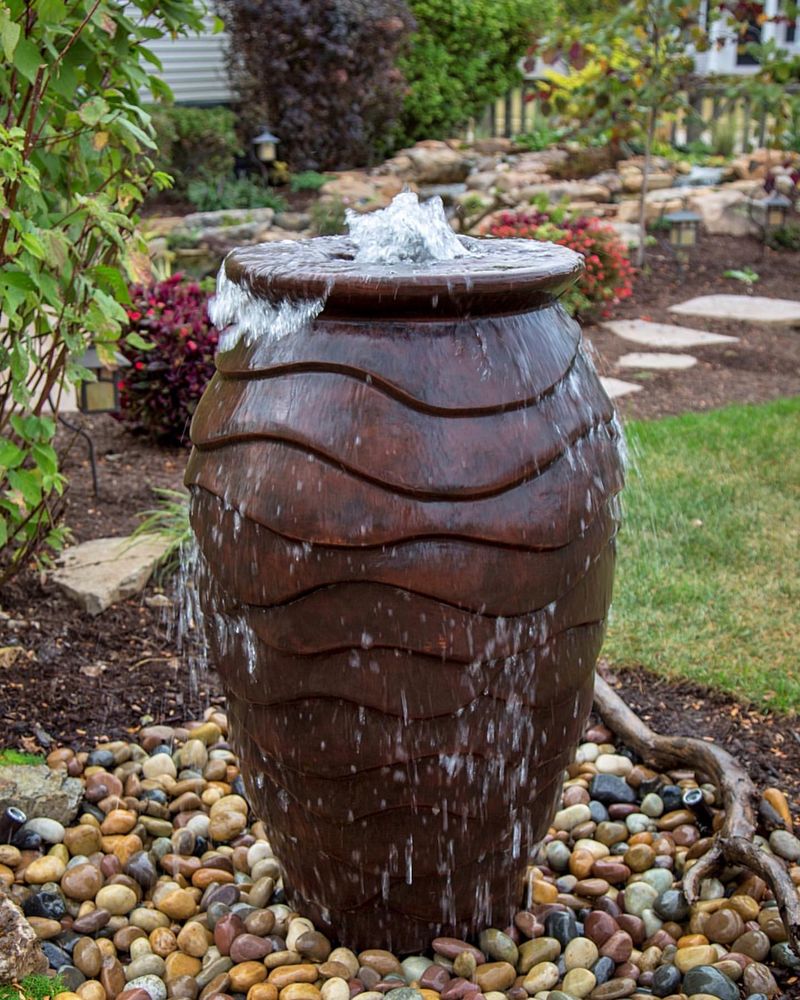
Snakes, like all living creatures, rely on water for survival. A water source in your yard, such as a pond, birdbath, or even a puddle, can act as a magnet for these reptiles.
Not only does it provide much-needed hydration, but it also attracts other wildlife, like frogs, insects, and small mammals, which are prime prey for snakes. This combination makes water features a hotspot for snake activity if left unmanaged.
To deter snakes, regularly inspect and maintain your water features. Ponds should have good circulation to prevent stagnation, which can attract insects and other creatures snakes feed on.
Adding a fountain or water pump can help keep the water moving while still creating a visually appealing feature. Birdbaths, while lovely, should be emptied when not in use or covered with a secure mesh to limit access.
For larger water features, consider surrounding them with snake-deterring plants like marigolds or lemongrass.
By thoughtfully managing water sources in your yard, you not only reduce the appeal to snakes but also create a safer and more enjoyable outdoor space for your family and guests. It’s a simple yet effective step to maintaining a balanced and inviting environment.
4. Bird Eggs and Chicks
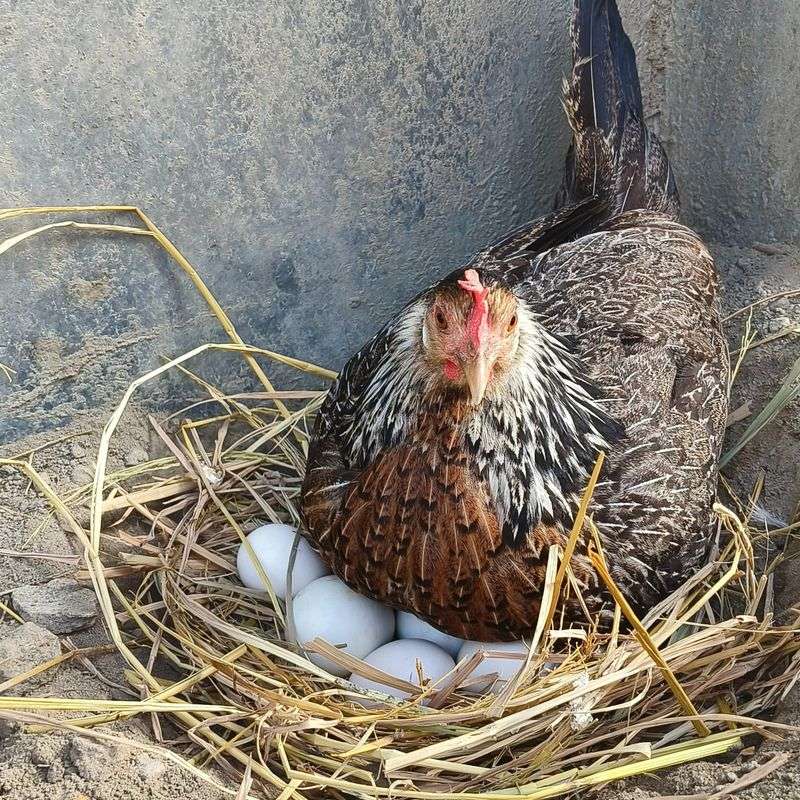
Bird eggs and chicks are a delicacy for many snakes, making your yard a potential hunting ground if it’s home to nesting birds. The scent of bird eggs and the chirping of chicks can be irresistible to snakes seeking an easy meal.
Even the smallest clues of bird activity can draw these predators, turning your yard into an unintentional buffet.
To protect bird nests and reduce the risk of attracting snakes, consider placing nests in hard-to-reach locations, such as on tall poles or in areas snakes cannot easily climb. Using nest boxes equipped with snake guards can also provide an effective barrier, keeping both the eggs and chicks safe.
Additionally, trimming back trees and shrubs near the nesting areas limits access points for snakes, further deterring their presence.
By taking steps to safeguard bird habitats, you not only provide a secure space for your feathered friends but also significantly reduce the likelihood of snakes finding their way into your yard. It’s a win-win for both birds and homeowners looking to maintain a peaceful outdoor environment.
5. Fruits and Vegetables
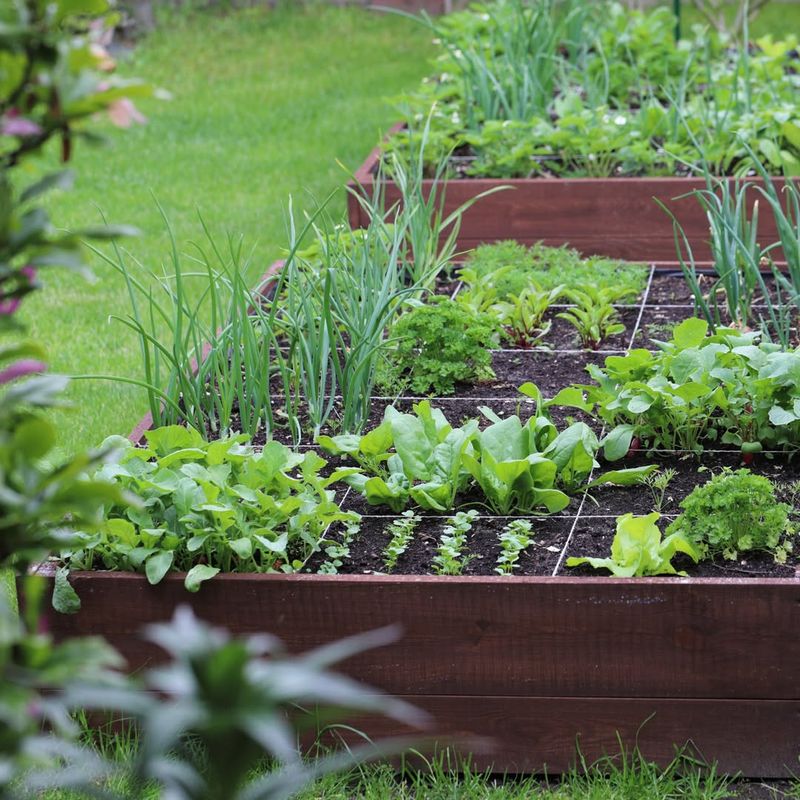
Ripe fruits and vegetables left in your garden can attract more than just insects and rodents—they can also draw snakes. The sweet scent of overripe or decaying produce acts as a beacon for various pests, which, in turn, become prey for hungry snakes.
These reptiles are often lured into gardens by following scent trails left by rodents or insects feeding on fallen fruits, making unmanaged produce a double attraction for snakes.
To prevent this, ensure you promptly harvest ripe fruits and vegetables to minimize their appeal to wildlife. Regularly clean up any fallen or decaying produce to eliminate potential food sources.
Installing fencing around your garden can also act as a barrier, especially if it’s designed to deter both rodents and snakes. Additionally, consider planting snake-repelling herbs like garlic or marigolds around the perimeter of your garden for an extra layer of protection.
By managing your garden’s produce and implementing these deterrents, you can help keep snakes away while maintaining a healthy and productive harvest.
6. Pet Food

Leaving pet food outdoors might seem harmless, but it can act as an open invitation not just for your pets but also for a variety of wildlife, including snakes. The enticing scent of pet food attracts rodents and insects, which are a primary food source for snakes.
This creates a chain reaction that can quickly make your yard an ideal hunting ground for these slithery predators, turning a simple oversight into a significant problem.
To minimize the risk, always store pet food in sealed, airtight containers to prevent odors from escaping. Feeding your pets indoors is the best option, but if outdoor feeding is unavoidable, ensure you promptly clean up any leftover food and spills.
Consider placing feeding bowls in areas less accessible to wildlife, such as on a raised platform or inside a secured area. By taking these precautions, you can significantly reduce the chance of attracting snakes to your yard and help create a safer environment for both you and your pets.
7. Tall Grass and Foliage
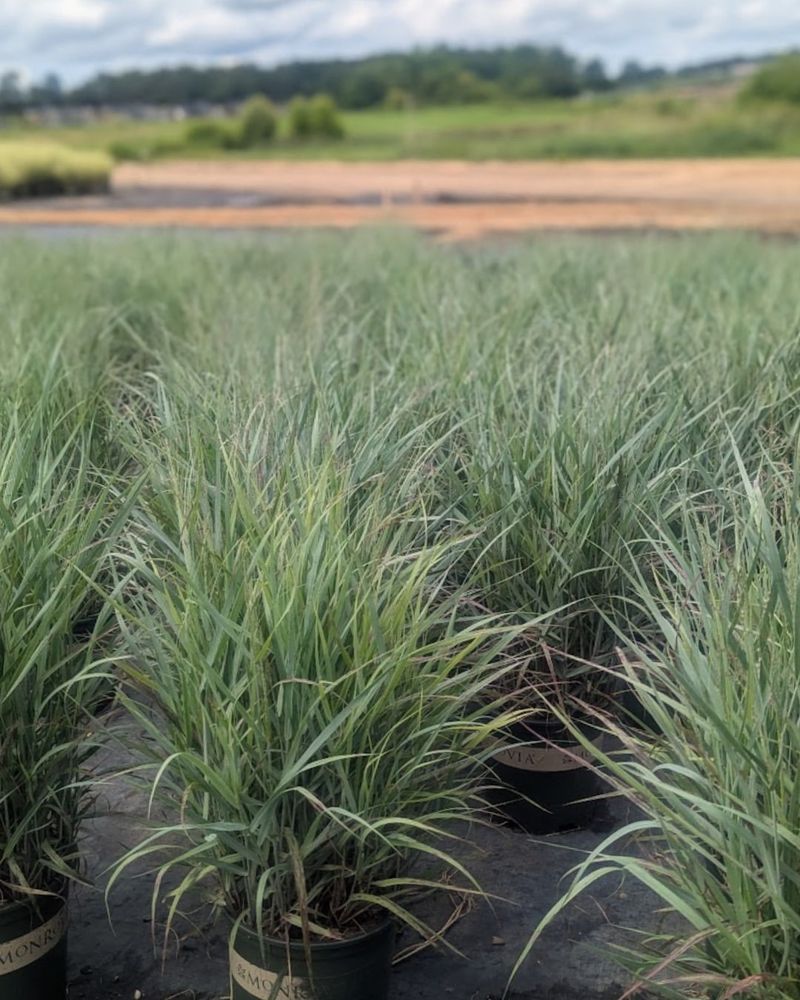
Tall grass and dense foliage offer excellent hiding spots for snakes. These areas provide cover and protection, making it easier for snakes to hunt or evade predators. If your yard has overgrown grass or thick bushes, it could become a haven for snakes looking for shelter.
Regularly mowing your lawn and trimming bushes can discourage snakes from settling in. Keeping your yard tidy and well-maintained removes hiding spots and reduces the appeal of your property to these reptiles.
By maintaining a neat yard, you not only enhance its appearance but also minimize the likelihood of hosting snakes.

